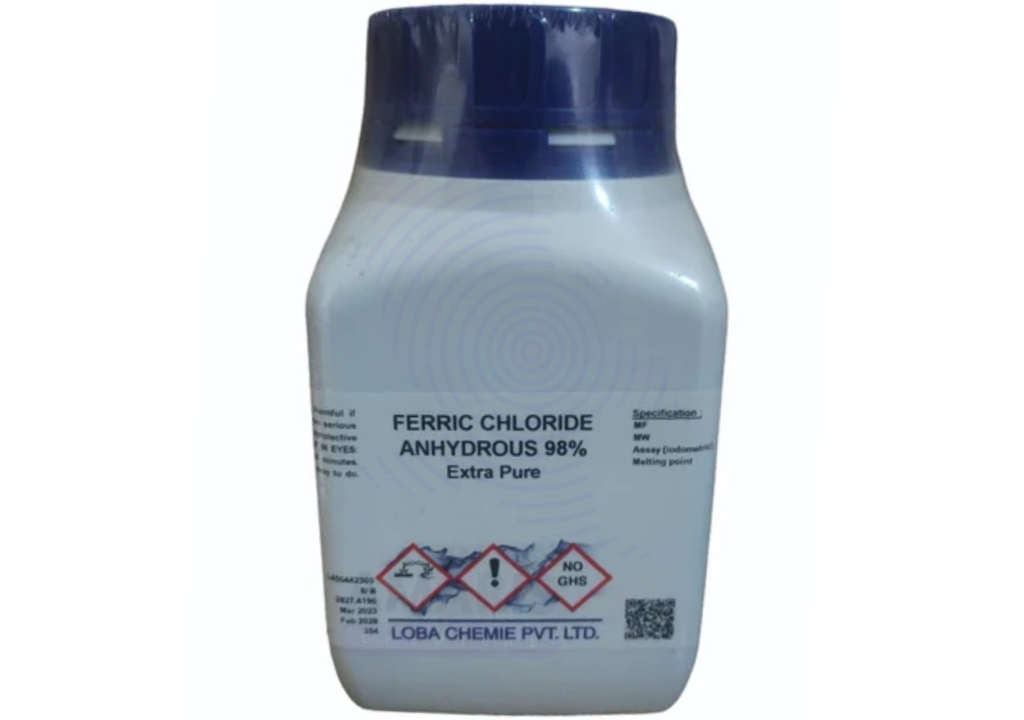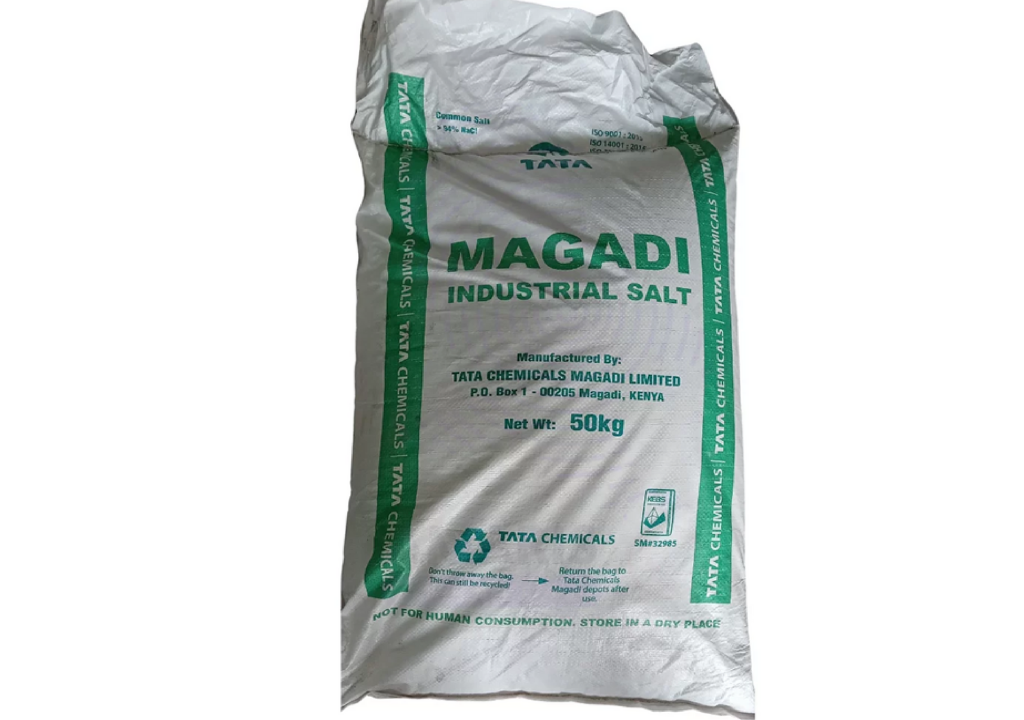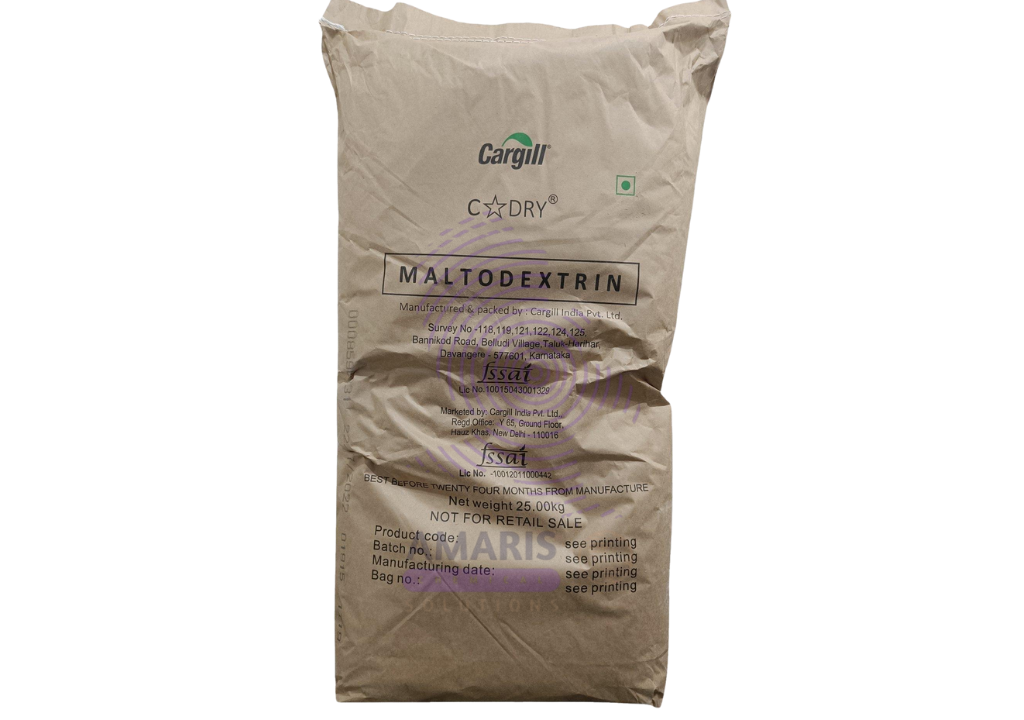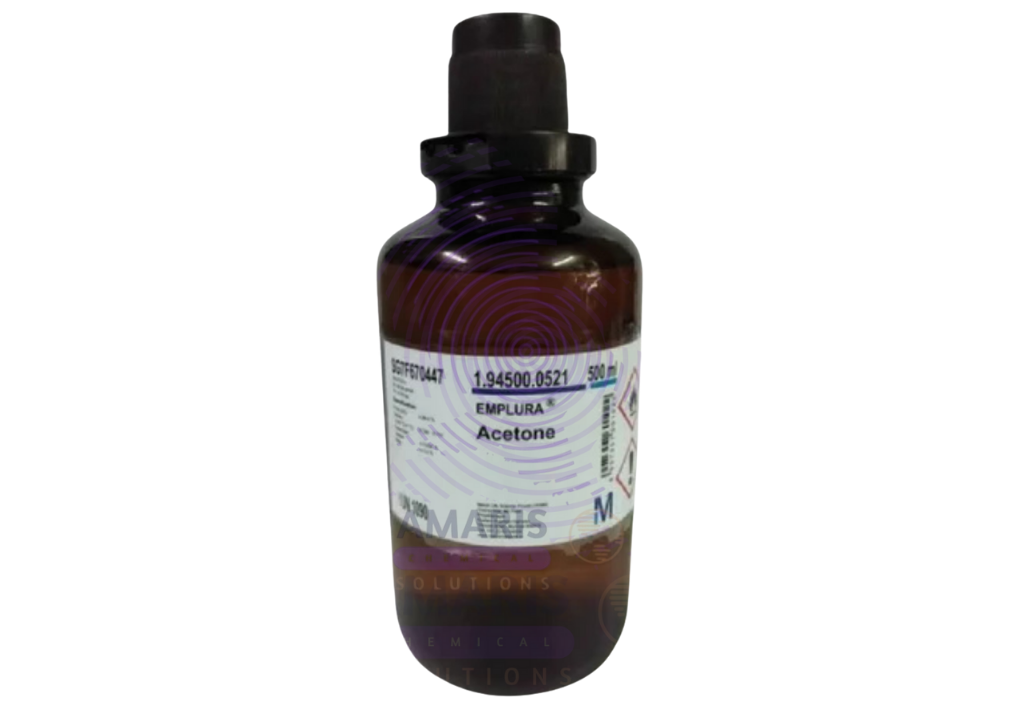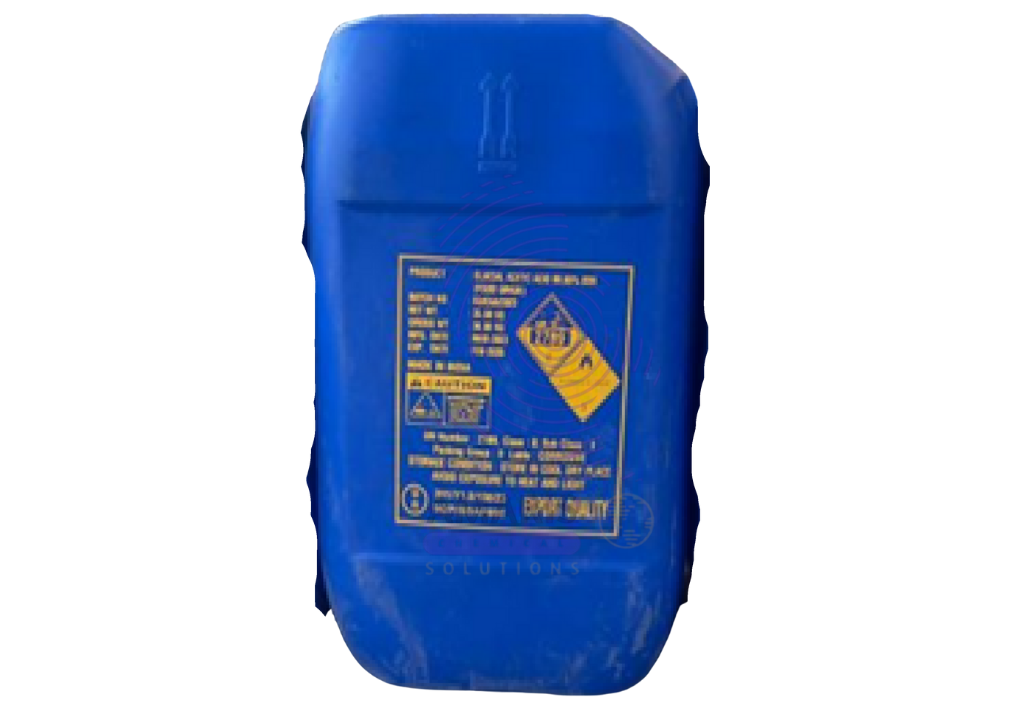🧪 Formaldehyde Extra Pure: The Backbone of Modern Chemistry and Industrial Innovation
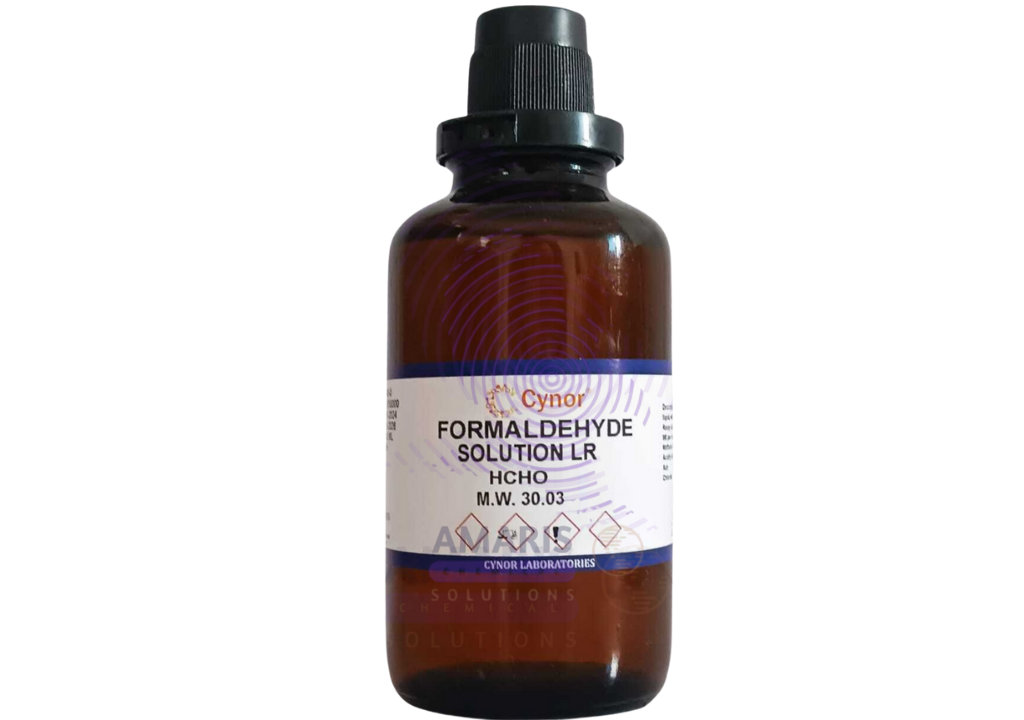
Few chemicals have influenced science and industry as profoundly as Formaldehyde Extra Pure. From preserving biological specimens to strengthening building materials, this compound’s versatility has made it a cornerstone in laboratories and manufacturing facilities around the world.
At Amaris Chemical Solutions, we believe in helping industries understand the science behind their materials — not just how to use them, but why they matter. So, let’s explore the fascinating world of formaldehyde: what it is, where it’s used, and how it’s safely managed in modern chemical applications. 🌍
⚗️ What is Formaldehyde Extra Pure?
Formaldehyde (CH₂O) is a colorless, strong-smelling gas, usually available in aqueous solution form — commonly known as formalin. The “extra pure” grade indicates a high level of chemical purity, making it suitable for analytical, laboratory, and precision applications where impurities could interfere with results.
This compound is one of the simplest aldehydes and plays a crucial role as a building block in organic synthesis. It’s highly reactive, which makes it incredibly useful in forming polymers, resins, and many industrial chemicals.
🔬 Key Laboratory and Industrial Applications
Formaldehyde Extra Pure serves diverse purposes across scientific and industrial sectors. Let’s take a closer look at how it’s applied:
1. Preservation and Fixation in Laboratories
Formaldehyde is famously known for its use in preserving biological specimens. It crosslinks proteins, effectively “freezing” cells and tissues in their natural state for microscopic study. In histology and pathology, it’s indispensable for sample fixation.
2. Resin and Plastic Manufacturing
One of the most significant industrial uses of formaldehyde is in the production of urea-formaldehyde, phenol-formaldehyde, and melamine-formaldehyde resins. These resins are found in plywood, particle board, coatings, and laminates, contributing strength and water resistance.
3. Disinfectant and Sterilizing Agent
Due to its strong antibacterial and antifungal properties, formaldehyde is used as a disinfectant in laboratories, hospitals, and manufacturing facilities. It helps sterilize surfaces, equipment, and even air in controlled environments.
4. Intermediate in Chemical Synthesis
Formaldehyde acts as a key raw material for producing various chemicals such as hexamine, pentaerythritol, and 1,4-butanediol — compounds essential in plastics, coatings, and explosives manufacturing.
5. Agricultural and Textile Uses
In agriculture, it’s used in fertilizer formulations and seed disinfection, while in textiles, it improves fabric wrinkle resistance and dimensional stability.
⚠️ Safety and Handling Precautions
Formaldehyde is highly reactive and can be hazardous if not handled with care. Here are essential safety measures to keep in mind:
- Always work in well-ventilated areas or under a fume hood.
- Use chemical-resistant gloves, lab coats, and eye protection.
- Avoid inhalation of vapors and direct skin contact.
- Store in tightly closed containers, away from heat and oxidizing agents.
- Label containers clearly and handle with proper chemical waste protocols.
In case of contact:
- Skin: Wash immediately with soap and water.
- Eyes: Rinse thoroughly with clean water for at least 15 minutes and seek medical attention.
- Inhalation: Move to fresh air and get medical assistance if breathing difficulty occurs.
🌿 Environmental and Health Considerations
Formaldehyde is a volatile organic compound (VOC) and is classified as a hazardous substance due to its potential health effects at high concentrations. However, when managed responsibly, it remains one of the most efficient and controlled substances in scientific use.
Industries and laboratories today use closed systems, proper exhaust setups, and strict monitoring to minimize environmental emissions and worker exposure. This ensures that its benefits can be harnessed safely and sustainably.
At Amaris Chemical Solutions, we promote the responsible handling and education surrounding formaldehyde use — balancing innovation with health and environmental awareness. 🌱
💡 Why Formaldehyde Extra Pure Matters
In chemistry, purity determines precision. Formaldehyde Extra Pure ensures consistent reactivity and reliability in analytical and experimental applications. Whether you’re formulating new resins, preparing biological samples, or conducting controlled syntheses, this chemical guarantees accuracy and performance you can trust.
It’s more than just a reagent — it’s a foundation for innovation, driving advancements in materials science, biology, and industrial chemistry.
✨ Final Thoughts
Formaldehyde Extra Pure continues to be an essential player in modern science and industry. Its unique properties make it both powerful and indispensable — provided it’s used with knowledge, care, and respect for safety.
Through responsible sourcing, expert handling, and high purity standards, we help industries harness the best of what chemistry has to offer. Every molecule matters — and in the case of formaldehyde, it’s a molecule that continues to shape the future of innovation. 💧🔬


 Preservatives(food)
Preservatives(food) Flavor Enhancers
Flavor Enhancers Acidulants
Acidulants Sweeteners
Sweeteners Antioxidants
Antioxidants Colorants(food)
Colorants(food) Nutraceutical Ingredients (food)
Nutraceutical Ingredients (food) Nutrient Supplements
Nutrient Supplements Emulsifiers
Emulsifiers
 Collectors
Collectors Dust Suppressants
Dust Suppressants Explosives and Blasting Agents
Explosives and Blasting Agents Flocculants and Coagulants
Flocculants and Coagulants Frothers
Frothers Leaching Agents
Leaching Agents pH Modifiers
pH Modifiers Precious Metal Extraction Agents
Precious Metal Extraction Agents
 Antioxidants(plastic)
Antioxidants(plastic) Colorants (Pigments, Dyes)
Colorants (Pigments, Dyes) Fillers and Reinforcements
Fillers and Reinforcements Flame Retardants
Flame Retardants Monomers
Monomers Plasticizers
Plasticizers Polymerization Initiators
Polymerization Initiators Stabilizers (UV, Heat)
Stabilizers (UV, Heat)
 Antifoaming Agents
Antifoaming Agents Chelating Agents
Chelating Agents Coagulants and Flocculants
Coagulants and Flocculants Corrosion Inhibitors
Corrosion Inhibitors Disinfectants and Biocides
Disinfectants and Biocides Oxidizing Agents
Oxidizing Agents pH Adjusters
pH Adjusters Scale Inhibitors( water)
Scale Inhibitors( water)
 Antioxidants(cosmetic)
Antioxidants(cosmetic) Emollients
Emollients Fragrances and Essential Oils
Fragrances and Essential Oils Humectants
Humectants Preservatives
Preservatives Surfactants(cosmetic)
Surfactants(cosmetic) Thickeners
Thickeners UV Filters
UV Filters
 Fertilizers
Fertilizers Soil Conditioners
Soil Conditioners Plant Growth Regulators
Plant Growth Regulators Animal Feed Additives
Animal Feed Additives Biostimulants
Biostimulants Pesticides (Herbicides, Insecticides, Fungicides)
Pesticides (Herbicides, Insecticides, Fungicides)
 Active Pharmaceutical Ingredients (APIs)
Active Pharmaceutical Ingredients (APIs) Excipients
Excipients Solvents(pharmaceutical)
Solvents(pharmaceutical) Antibiotics
Antibiotics Antiseptics and Disinfectants
Antiseptics and Disinfectants Vaccine Adjuvants
Vaccine Adjuvants Nutraceutical Ingredients (pharmaceutical)
Nutraceutical Ingredients (pharmaceutical) Analgesics & Antipyretics
Analgesics & Antipyretics
 Analytical Reagents
Analytical Reagents Solvents(lab)
Solvents(lab) Chromatography Chemicals
Chromatography Chemicals Spectroscopy Reagents
Spectroscopy Reagents microbiology-and-cell-culture-reagents
microbiology-and-cell-culture-reagents Molecular Biology Reagents
Molecular Biology Reagents Biochemical Reagents
Biochemical Reagents Inorganic and Organic Standards
Inorganic and Organic Standards Laboratory Safety Chemicals
Laboratory Safety Chemicals Specialty Laboratory Chemicals(Special Laboratory Equipment)
Specialty Laboratory Chemicals(Special Laboratory Equipment)
 Demulsifiers
Demulsifiers Hydraulic Fracturing Fluids
Hydraulic Fracturing Fluids Scale Inhibitors(oil)
Scale Inhibitors(oil) Surfactants(oil)
Surfactants(oil) Drilling Fluids
Drilling Fluids
 Dyes and Pigments
Dyes and Pigments Bleaching Agents
Bleaching Agents Softening Agents
Softening Agents Finishing Agents
Finishing Agents Antistatic Agents
Antistatic Agents
 Admixtures
Admixtures Waterproofing Agents
Waterproofing Agents Sealants and Adhesives
Sealants and Adhesives Curing Compounds
Curing Compounds Concrete Repair Chemicals
Concrete Repair Chemicals Anti-Corrosion Coatings
Anti-Corrosion Coatings
 Surfactants(cleaning)
Surfactants(cleaning) Builders
Builders Enzymes
Enzymes Solvents (Cleaning)
Solvents (Cleaning) Fragrances
Fragrances
 Electronic Chemicals
Electronic Chemicals Catalysts
Catalysts Lubricants
Lubricants Photographic Chemicals
Photographic Chemicals Refrigerants
Refrigerants Automotive chemicals
Automotive chemicals Pyrotechnic Chemicals
Pyrotechnic Chemicals
 Biodegradable Surfactants
Biodegradable Surfactants Bio-based Solvents
Bio-based Solvents Renewable Polymers
Renewable Polymers Carbon Capture Chemicals
Carbon Capture Chemicals Wastewater Treatment Chemicals
Wastewater Treatment Chemicals
 Pigments
Pigments Solvents(paint)
Solvents(paint) Specialty Coatings
Specialty Coatings Binders/Resins
Binders/Resins Additives
Additives Driers
Driers Anti-Corrosion Agents
Anti-Corrosion Agents Functional Coatings
Functional Coatings Application-Specific Coatings
Application-Specific Coatings
 Fresh Herbs
Fresh Herbs Ground Spices
Ground Spices Whole Spices
Whole Spices Spice Blends
Spice Blends Dried Herbs
Dried Herbs
 Leavening Agents
Leavening Agents Dough Conditioners
Dough Conditioners Flour Treatments
Flour Treatments Fat Replacers
Fat Replacers Decoratives
Decoratives Preservatives(baking)
Preservatives(baking)
 Plasticizers & Softeners
Plasticizers & Softeners Reinforcing Agents
Reinforcing Agents Adhesion Promoters
Adhesion Promoters Vulcanizing Agents
Vulcanizing Agents Antidegradants
Antidegradants Blowing Agents
Blowing Agents Fillers & Extenders
Fillers & Extenders Accelerators & Retarders
Accelerators & Retarders
